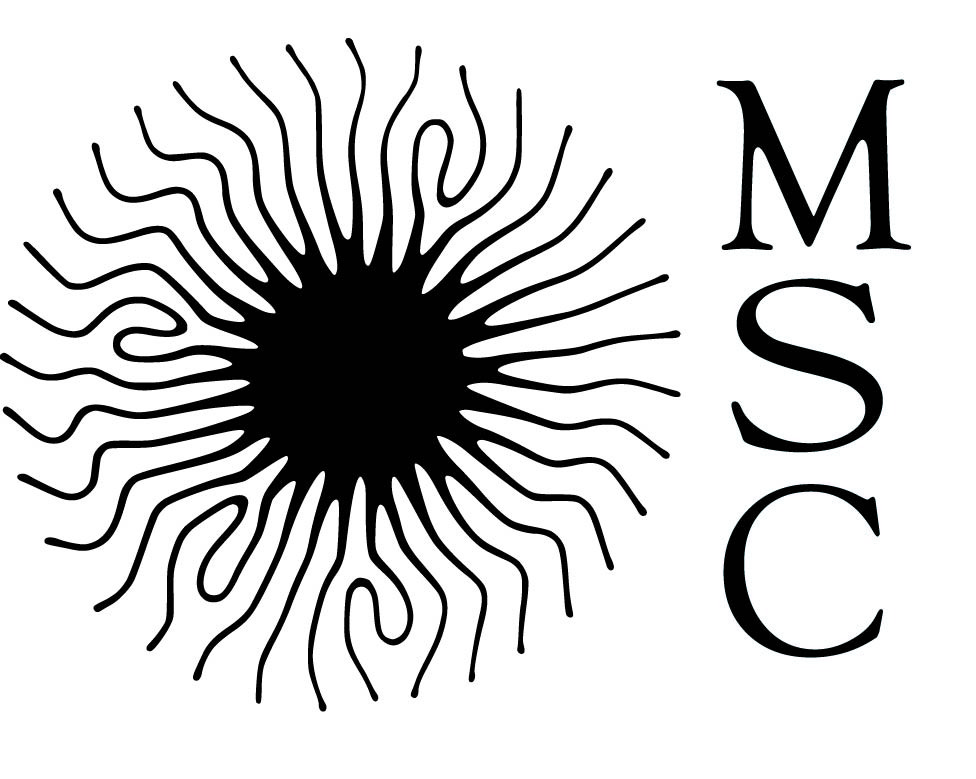Monday, May 6th, 11h30, Room 454 A, Condorcet Building.
Tian Gao
Laboratory for Advanced Materials & Bioinspiration
University of Colorado Boulder, USA
Bio-inspired Gaussian Morphing: From inflatable fabrics to synthetic fin rays
What causes pinecones to open and close? How do lily petals change shape as they bloom? General morphing of such surfaces into complex 3D shapes involves modifying in-plane distances (i.e., metric distortion). Cartographers have long understood this, as continents are inevitably distorted on flat maps of Earth. Carl Gauss further formalized this geometric constraint in his seminal theorem, referred to here as Gaussian morphing. In natural structures, metric changes result from differential growth, while engineered systems use non-homogeneous transformations like hydrogel swelling, liquid crystal elastomer relaxation, or origami tessellation. However, simply imposing metrics is not enough to set the final shape precisely; additional control of local bending is necessary to select between different isometric shapes. In this talk, I will present four strategies for shape morphing: (1) inflatable zigzag meso-structures with biaxial active stretches; (2) pneumatic Gaussian cells with non-symmetric cross-section channels; (3) self-folding structures along curved creases via a classical bilayer effect; (4) fish fin inspired composite beam combining high flexural stiffness and high morphing efficiency. Central to all these strategies is the interplay between geometry and elasticity, offering avenues to manipulate both metric and/or bending for on-demand shape transformations.
Work performed in collaboration with José Bico and Benoit Roman (PMMH, ESPCI, CNRS, UPC, PSU, PSL)

À lire aussi
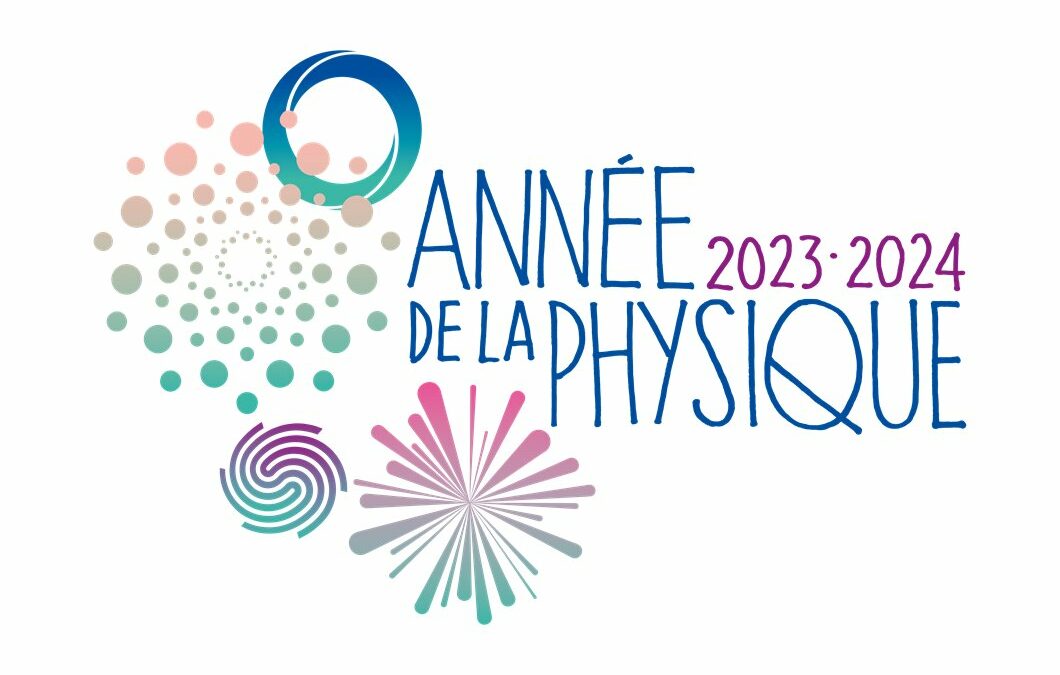
Amener l’expérience en classe: journée de formation des enseignants de physique-chimie de l’Académie de Créteil
Le vendredi 26 avril 2024, le laboratoire MSC a formé 62 enseignants de physique-chimie de l'Académie de Créteil sur le thème "Amener l'expérience en classe". Une journée haute en couleur. Le laboratoire MSC a accueilli 62 enseignants de physique-chimie de l'Académie...
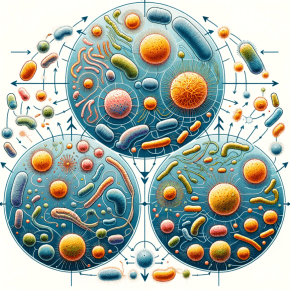
Comment maintenir une diversité écologique dans une logique de compétition darwinienne
Dans un travail récent, des physiciennes et un physicien montrent comment l’hétérogénéité spatiale et relationnelle est un ingrédient indispensable au maintien à long terme d’une diversité écologique importante dans les vastes écosystèmes naturels. Comprendre les...
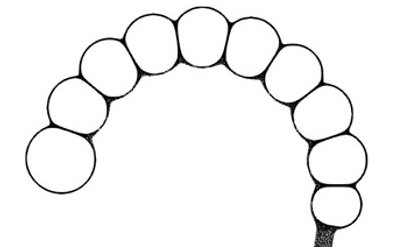
Un pas important dans la compréhension de l’origine de l’homme
L’origine de l’homme est une question importante, une des plus passionnante scientifiquement. Les travaux sur cette question sont essentiellement des travaux de paléontologie, d’une part, et des travaux de paléogénomique d’autre part. Les premiers permettent...
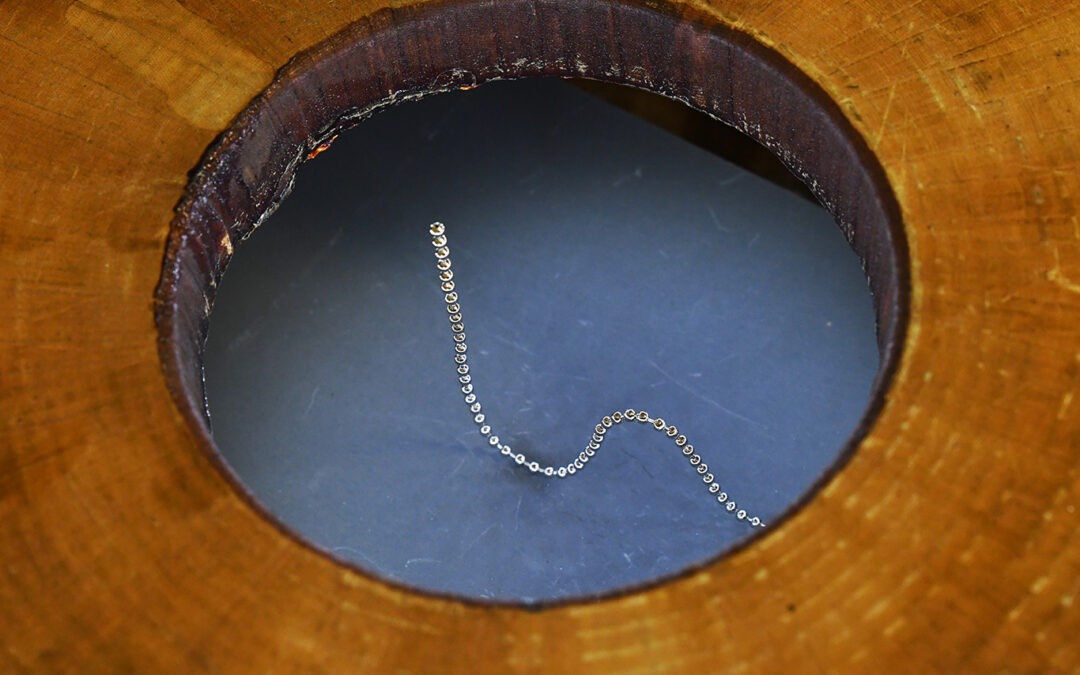
Le charmeur de serpent magnétique lauréat du concours “La preuve par l’image”
Les recherches de F. Novkovski et E. Falcon sur le magnétisme donnent lieu à des images étonnantes, primées lors de la dernière édition du concours "La Preuve par l'Image" organisé par le CNRS Nul tour de magie derrière les étranges oscillations de cette chaîne de...
